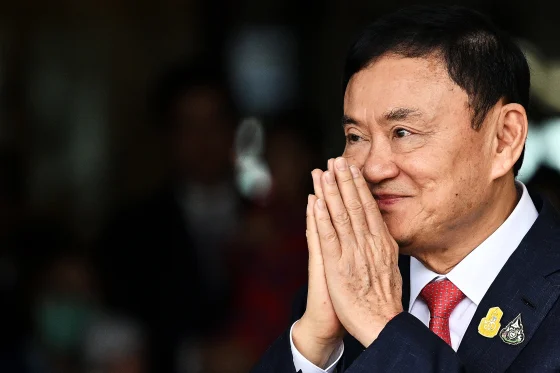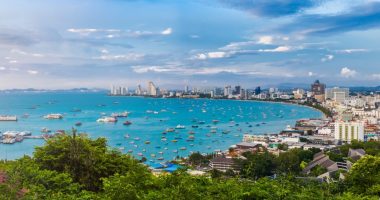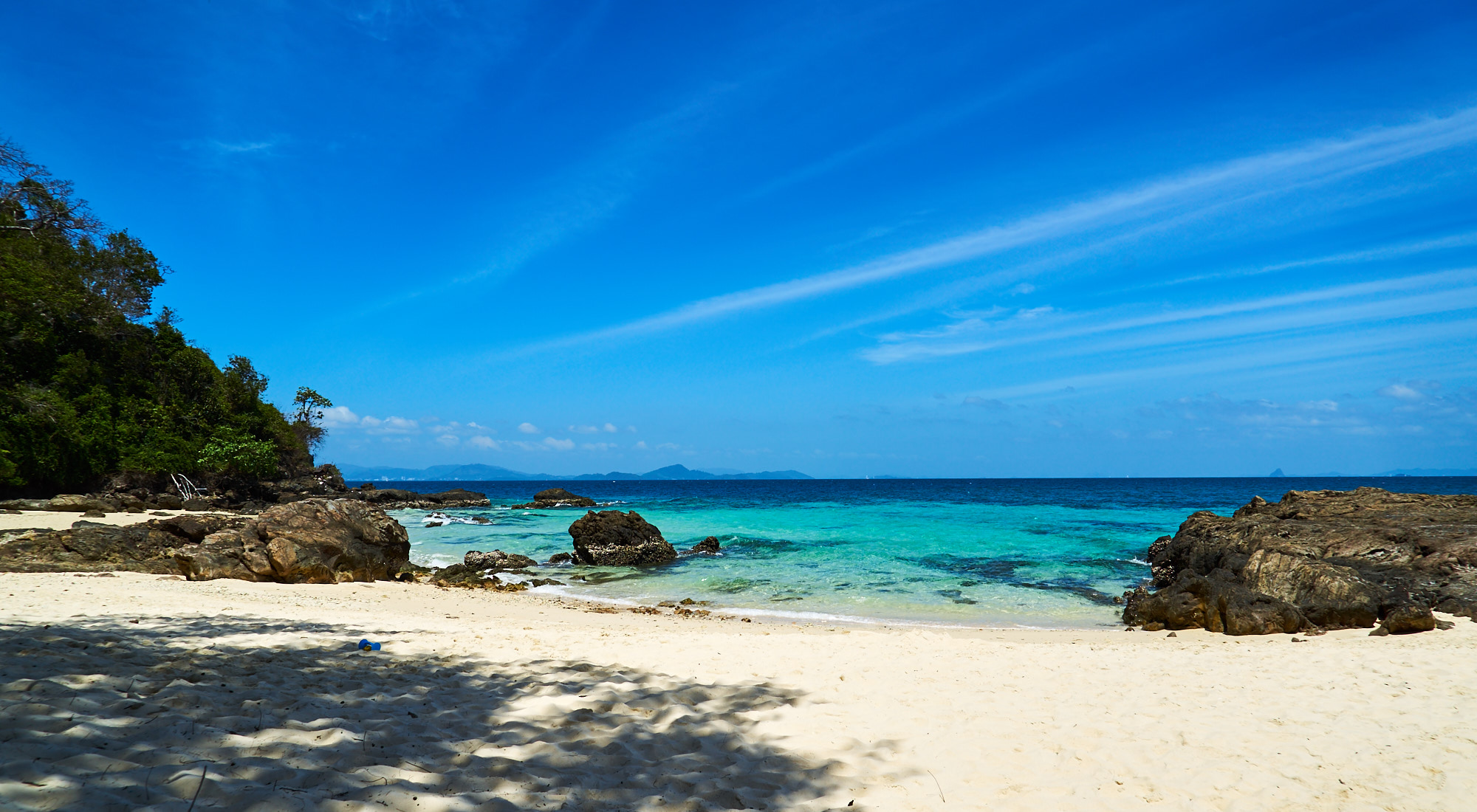A Royal Residence Turned Tourist Attraction
Discovering Bangkok’s Architectural Marvel
Phaya Thai Palace, a stunning architectural masterpiece, stands as a testament to Thailand’s rich royal history. Located on the banks of the Samsen Canal in Bangkok’s Ratchathewi District, this palace offers visitors a glimpse into the opulent lifestyle of Thai royalty.
The Palace’s Illustrious History
From Royal Abode to Modern-Day Landmark
Construction of Phaya Thai Palace began in 1909 under the reign of King Rama V. Initially intended as a royal residence for overseeing agricultural activities, the palace underwent significant transformations over the years. King Rama VI later expanded and renovated the complex, making it his home until the latter part of his reign.
Architectural Splendor and Design
Blending Thai and Western Aesthetics
The palace’s centerpiece, the Phiman Chakri Hall, showcases an exquisite Art Nouveau design. Visitors can marvel at the intricate silk wallpapers and detailed murals that adorn its interiors. The building’s unique blend of Thai and Western architectural styles makes it a must-see attraction for history and art enthusiasts alike.
Visiting Phaya Thai Palace
Planning Your Royal Experience
Tourists can explore this historical gem through guided tours offered every Saturday. These free, two-hour tours provide in-depth insights into the palace’s history and significance. For those unable to visit on weekends, weekday appointments are available for a fee of 500 baht, offering a more exclusive experience.
From Palace to Luxury Hotel
A Brief Stint in Hospitality
Following King Rama VI’s passing, Phaya Thai Palace briefly served as one of Southeast Asia’s most luxurious hotels. This short-lived venture adds an intriguing chapter to the palace’s diverse history, highlighting its adaptability and enduring allure.
Preserving Thailand’s Royal Legacy
A Living Monument to Thai Heritage
Today, Phaya Thai Palace stands not only as a tourist attraction but also as a symbol of Thailand’s commitment to preserving its royal heritage. The palace’s continued maintenance and accessibility to the public ensure that future generations can appreciate this significant piece of Thai history.









